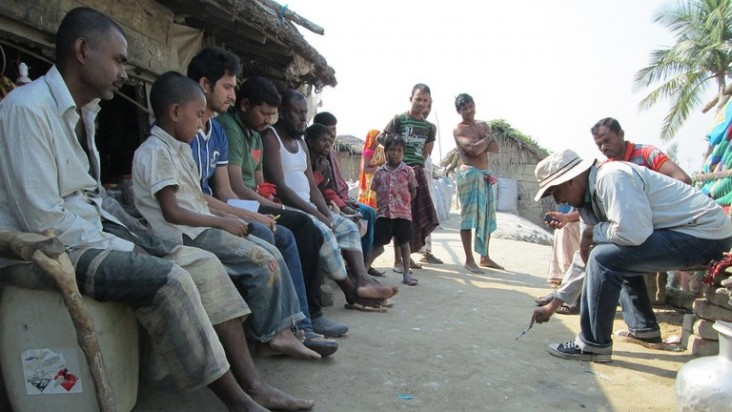Speeches Shim

August 5, 2019
Tiger conservation has not always been a global priority, and by 2010, the world had lost about 95 percent of these iconic big cats. To prioritize recovery, thirteen countries, including Bangladesh, have committed to the Tx2 goal: doubling the number of wild tigers by 2022. Now, with International Tiger Day on July 29 bringing attention to the species, the Sundarbans’ eight percent population increase represents one auspicious step for tiger recovery. After joining the Tx2 agreement, Bangladesh conducted the first phase of its tiger status report—and the first ever tiger population survey in the country. From an estimated population of 83 to 130 tigers in 2015, the 2018 numbers increased to a range of 89 to 146 tigers. With USAID support for the research, local teams used habitat monitoring, camera traps, and spatial monitoring and reporting to estimate the population numbers, revealing the success of the previous years’ conservation efforts.

Human-wildlife conflict, poaching, and habitat loss threaten the Bengal tiger population, but strategic conservation efforts that invest in and empower local communities are creating change. USAID has helped to train Village Tiger Response Teams in the Sundarbans to de-escalate conflict, when, for example, a wild tiger wanders through a village. In 2018, these teams responded to 21 conflict incidents, successfully managing 98 percent independently. As a result of the teams’ quick responses and skills, they and the Forest Department released 43 animals back to the forest and prevented harm to both animals and people.
Trained community members and youth tiger scouts also promote tiger conservation across the Sundarbans. The forests depend on tigers, as top predators in the food chain, to maintain species numbers, balancing the growth and loss of animals and plants. To spread awareness of tigers’ importance and, ultimately, to reduce poaching and conflict, USAID has invested in forums and outreach initiatives, including an annual tiger scout camp. The results of a community survey highlighted the change in local perceptions: In 2018, 82 percent of community members had a positive attitude toward wildlife conservation activities, up from only 28 percent prior to Agency initiatives. Such attitude and potential behavior shifts are critical to advance tiger protections and are giving hope to future populations.

Comment
Make a general inquiry or suggest an improvement.